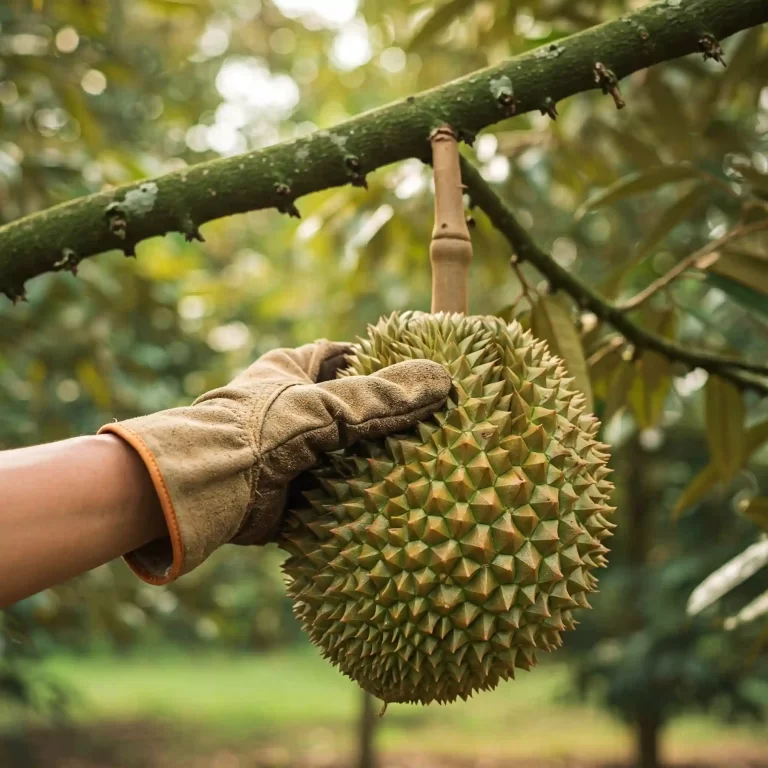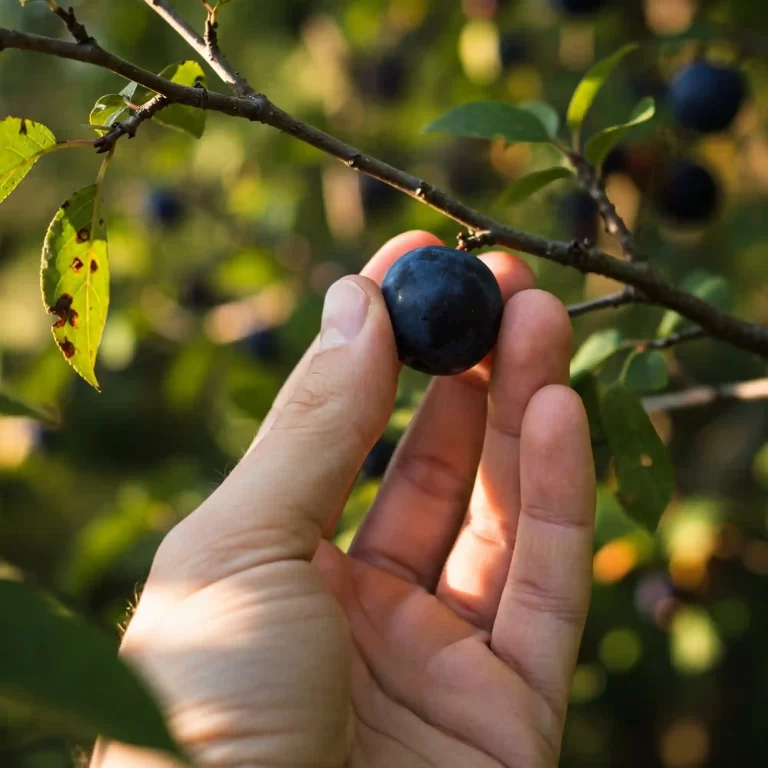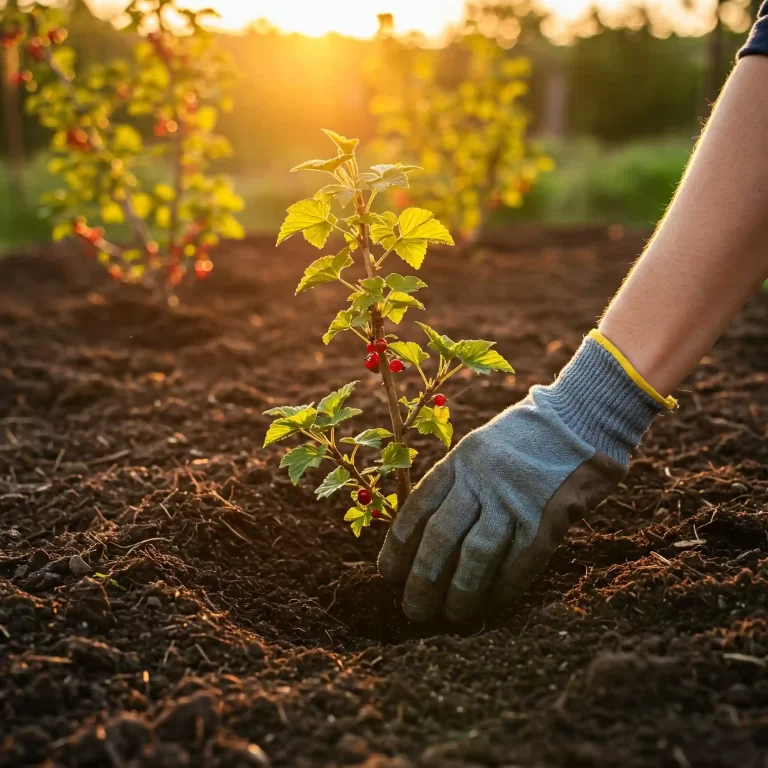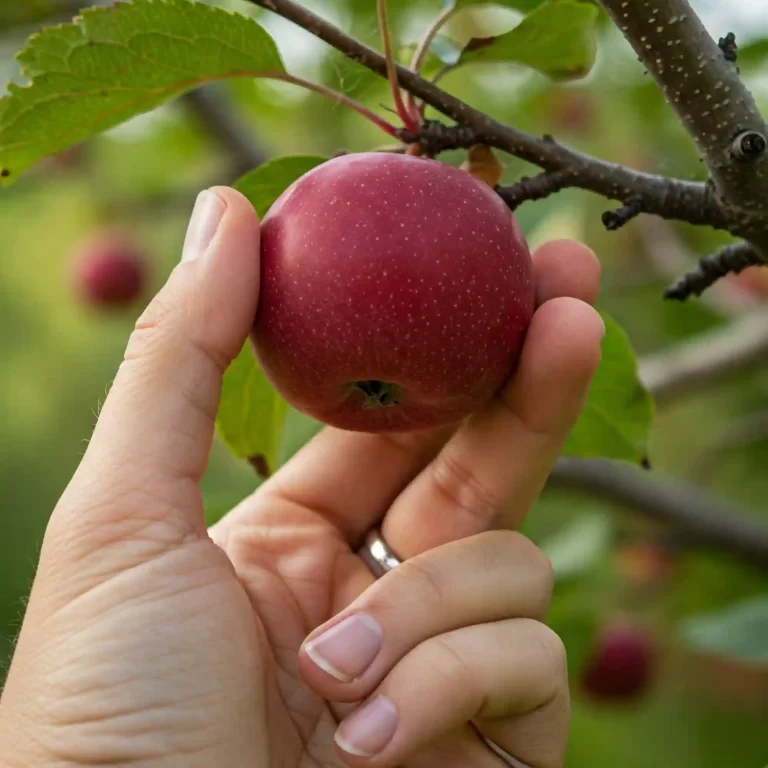Are you struggling to find ways to bring greenery into your limited space? Maybe you live in an apartment with no yard, or your busy schedule leaves little time for traditional gardening. It can be frustrating to want a beautiful garden but feel restricted by space or time. But don’t worry, there’s a solution that can transform your living area into a lush, green oasis: container gardening.
Container gardening is a versatile and rewarding way to introduce plants into any environment, whether you have a sprawling backyard or a tiny balcony. In this post, I’ll share a variety of container garden ideas that cater to different tastes and needs. From selecting the right plants to creative design tips, I’ve got you covered.
What is Container Gardening?
Container gardening is the practice of growing plants in containers instead of planting them directly in the ground. This method has been around for centuries, evolving from ancient civilizations that used pots and other vessels to grow plants. Today, container gardening is popular among urban dwellers, busy professionals, and anyone looking to maximize their gardening potential in small or unconventional spaces.
History and Evolution of Container Gardening
The concept of container gardening dates back to ancient Egypt, where plants were grown in pots to decorate homes and temples. The Romans also embraced this practice, using containers to cultivate herbs and ornamental plants. Over time, container gardening spread across cultures and continents, adapting to various climates and lifestyles.
In modern times, container gardening has become a practical solution for urban living. With the rise of apartment living and smaller homes, people have turned to container gardening to bring nature into their lives. This method allows for flexibility, mobility, and creativity, making it accessible to everyone, regardless of space constraints.
Benefits of Container Gardening
Container gardening offers numerous benefits that make it an attractive option for gardeners of all levels. Here are some key advantages:
Flexibility and Mobility
One of the greatest benefits of container gardening is its flexibility. You can move containers around to optimize sunlight exposure, protect plants from harsh weather, or simply change the look of your space. This mobility is especially useful for renters who may not have the option to plant directly in the ground.
Space-Saving Solutions
Container gardening is perfect for Small Spaces. Whether you have a tiny balcony, a patio, or even just a windowsill, you can create a thriving garden. This method allows you to make the most of every inch of available space, turning even the smallest areas into green havens.
Control Over Soil and Environment
When you garden in containers, you have complete control over the soil and growing conditions. This means you can tailor the environment to suit the specific needs of your plants. You can choose the best soil mix, adjust watering schedules, and provide the right amount of nutrients, ensuring your plants thrive.
Accessibility for All Ages and Abilities
Container gardening is accessible to people of all ages and abilities. Raised containers and hanging baskets can be placed at a comfortable height, reducing the need for bending or kneeling. This makes gardening more enjoyable and less physically demanding, especially for older adults or those with mobility issues.
Choosing the Right Containers
Selecting the right containers is crucial for the success of your container garden. Here are some factors to consider:
Types of Containers
There are various types of containers to choose from, each with its own advantages and disadvantages. Here are some popular options:
- Pots: Pots come in a wide range of sizes, shapes, and materials. They are versatile and can be used for almost any type of plant.
- Planters: Planters are larger containers that can accommodate multiple plants. They are ideal for creating mixed plantings or small garden beds.
- Raised Beds: Raised beds are elevated garden beds that provide excellent drainage and soil control. They are perfect for growing vegetables and herbs.
- Hanging Baskets: Hanging baskets are great for adding vertical interest to your garden. They are ideal for trailing plants and can be hung from balconies, porches, or even indoors.
Materials
Containers can be made from various materials, each with its own pros and cons. Here are some common materials:
- Ceramic: Ceramic pots are attractive and come in many styles. They are heavy and stable but can be prone to cracking in cold weather.
- Plastic: Plastic containers are lightweight, affordable, and durable. They retain moisture well but may not be as aesthetically pleasing as other materials.
- Metal: Metal containers, such as galvanized steel or aluminum, are durable and modern-looking. They can heat up quickly in the sun, so they may require more frequent watering.
- Wood: Wooden containers, like cedar or redwood, are natural and rustic. They provide good insulation but may need to be treated to prevent rot.
Size and Drainage Considerations
The size of your container will depend on the type of plants you want to grow. Larger containers provide more room for root growth and reduce the need for frequent watering. However, they can be heavy and difficult to move.
Drainage is another important factor. Ensure your containers have drainage holes to prevent waterlogging, which can lead to root rot. If your container doesn’t have drainage holes, you can add a layer of gravel or stones at the bottom to improve drainage.
Best Plants for Container Gardens
Choosing the right plants is essential for a successful container garden. Here are some of the best options for different types of container gardens:
Flowers
Flowers add color and beauty to any container garden. Here are some popular choices:
- Petunias: Petunias are vibrant and come in a variety of colors. They thrive in full sun and are perfect for hanging baskets and window boxes.
- Geraniums: Geraniums are hardy and easy to grow. They produce bright blooms and are ideal for pots and planters.
- Marigolds: Marigolds are cheerful and pest-resistant. They do well in sunny spots and can be used to deter insects from other plants.
Herbs
Herbs are practical and fragrant additions to container gardens. Here are some top picks:
- Basil: Basil is a versatile herb that grows well in containers. It requires full sun and regular watering.
- Mint: Mint is easy to grow and spreads quickly. It’s best kept in a container to prevent it from taking over your garden.
- Rosemary: Rosemary is a hardy herb that thrives in containers. It prefers full sun and well-drained soil.
Vegetables
Growing vegetables in containers is a great way to enjoy fresh produce. Here are some suitable options:
- Tomatoes: Tomatoes are popular container vegetables. Choose dwarf or determinate varieties for best results.
- Peppers: Peppers, both sweet and hot, grow well in containers. They need plenty of sunlight and consistent watering.
- Lettuce: Lettuce is easy to grow and perfect for small containers. It prefers cooler temperatures and partial shade.
Succulents
Succulents are low-maintenance and perfect for container gardens. Here are some favorites:
- Aloe: Aloe is a hardy succulent that requires minimal care. It thrives in well-drained soil and bright light.
- Echeveria: Echeveria is a rosette-forming succulent that comes in various colors. It prefers full sun and infrequent watering.
- Jade Plant: Jade plants are easy to grow and can live for many years. They need bright light and well-drained soil.
Creative Container Garden Ideas
Now that you know the basics, let’s dive into some creative container garden ideas to inspire you.
Cottage-Style Container Garden
A cottage-style container garden is charming and whimsical. Here are some tips to create this look:
- Plant Combinations and Color Schemes: Use a mix of petunias, licorice plant, and verbena in soft shades of pink and purple. Add trailing plants like ivy or sweet potato vine for a lush, overflowing effect.
- Suitable Containers and Placement: Choose rustic containers like wooden barrels or terracotta pots. Place them in clusters for a cozy, cottage-like feel.
Tropical Container Garden
Bring a touch of the tropics to your space with a tropical container garden. Here’s how:
- Exotic Plant Choices: Use bold, tropical plants like hibiscus, Japanese bloodgrass, and New Guinea impatiens. Add ferns and palms for a lush, jungle-like atmosphere.
- Creating a Lush, Vibrant Look: Arrange plants in layers, with taller plants at the back and shorter ones in front. Use colorful containers to enhance the tropical vibe.
Herb Container Garden
An herb container garden is both beautiful and practical. Here’s what you need to know:
- Best Herbs for Containers: Choose herbs like basil, mint, rosemary, thyme, and parsley. These herbs are easy to grow and can be used in cooking and for medicinal purposes.
- Tips for Culinary and Medicinal Uses: Harvest herbs regularly to encourage growth. Use fresh herbs in your cooking or dry them for later use. Some herbs, like mint and chamomile, can also be used to make soothing teas.
Succulent Container Garden
Succulents are perfect for low-maintenance container gardens. Here’s how to create one:
- Low-Maintenance Plant Options: Choose a variety of succulents like aloe, echeveria, and jade plant. These plants require minimal care and thrive in well-drained soil.
- Arranging Succulents for Visual Appeal: Group succulents with different shapes, sizes, and colors for a visually interesting display. Use shallow containers and add decorative stones or gravel for a finished look.
Vegetable Container Garden
Growing vegetables in containers is a great way to enjoy fresh produce. Here’s how to get started:
- Growing Your Own Food in Small Spaces: Choose compact or dwarf varieties of vegetables like tomatoes, peppers, and eggplants. These varieties are well-suited for container gardening and can produce a bountiful harvest.
- Tips for Maximizing Yield: Ensure your containers are large enough to support the root systems of your vegetables. Use high-quality potting soil and fertilize regularly to provide essential nutrients. Position your containers in a spot that receives at least 6-8 hours of sunlight daily. Water consistently, but avoid overwatering to prevent root rot.
DIY Container Garden Tips
Creating a container garden can be a fun and rewarding DIY project. Here are some tips to help you get started:
How to Start a Container Garden
Starting a container garden is simple and can be done in a few easy steps:
- Choose Your Containers: Select containers that are appropriate for the plants you want to grow. Ensure they have adequate drainage holes.
- Select Your Plants: Choose plants that are suitable for container gardening and that will thrive in your climate and light conditions.
- Prepare the Soil: Use a high-quality potting mix that provides good drainage and aeration. You can also add compost or other organic matter to enrich the soil.
- Plant Your Garden: Fill your containers with soil, leaving enough space for the plants’ root systems. Plant your chosen plants, making sure to space them appropriately.
- Water and Fertilize: Water your plants thoroughly after planting and continue to water them regularly. Use a balanced fertilizer to provide essential nutrients.
Soil Mix and Fertilization
The right soil mix is crucial for the success of your container garden. Here are some tips:
- Soil Mix: Use a potting mix specifically designed for container gardening. These mixes are lightweight and provide good drainage. You can also create your own mix by combining equal parts of peat moss, perlite, and compost.
- Fertilization: Container plants need regular feeding to thrive. Use a balanced, water-soluble fertilizer every 2-4 weeks during the growing season. You can also use slow-release fertilizers for a more consistent nutrient supply.
Watering Techniques and Schedules
Proper watering is essential for healthy container plants. Here are some tips:
- Watering Frequency: The frequency of watering will depend on the type of plants, the size of the containers, and the weather conditions. Generally, container plants need to be watered more frequently than those in the ground.
- Watering Techniques: Water your plants thoroughly, ensuring that the water reaches the root zone. Avoid letting the soil dry out completely between waterings. Use a watering can with a fine rose or a drip irrigation system for even distribution.
Seasonal Container Gardening
Adapting your container garden to different seasons can help you enjoy year-round beauty. Here are some tips for seasonal container gardening:
Spring
Spring is a great time to refresh your container garden with new plants and vibrant colors. Here are some ideas:
- Planting Spring Flowers: Choose early-blooming flowers like pansies, tulips, and daffodils. These flowers add a burst of color to your garden and signal the arrival of spring.
- Preparing Containers: Clean and disinfect your containers before planting to prevent disease. Add fresh potting mix and compost to provide nutrients for new plants.
Summer
Summer is the peak growing season for many plants. Here are some tips for maintaining your container garden during the summer:
- Heat-Tolerant Plants: Choose plants that can withstand high temperatures, such as marigolds, zinnias, and succulents. These plants thrive in the summer heat and require less frequent watering.
- Watering and Fertilizing: Water your plants early in the morning or late in the evening to reduce evaporation. Fertilize regularly to support vigorous growth.
Fall
Fall is a time to transition your container garden for cooler weather. Here are some tips:
- Fall Flowers and Foliage: Plant fall-blooming flowers like chrysanthemums and asters. Add ornamental grasses and foliage plants for texture and color.
- Preparing for Winter: Start preparing your containers for winter by removing dead plants and debris. Add a layer of mulch to protect the soil and roots from freezing temperatures.
Winter
Winter container gardening can be challenging, but it’s possible with the right plants and care. Here are some tips:
- Cold-Hardy Plants: Choose plants that can withstand cold temperatures, such as evergreens, hellebores, and winter pansies. These plants provide color and interest during the winter months.
- Protecting Containers: Move containers to a sheltered location to protect them from harsh weather. Insulate containers with bubble wrap or burlap to prevent freezing.
Maintenance Tips for Container Gardens
Regular maintenance is key to keeping your container garden healthy and thriving. Here are some essential maintenance tips:
Regular Care Routines
Establishing a regular care routine will help ensure your container garden stays in top condition. Here are some tasks to include:
- Watering: Check the moisture level of your soil regularly and water as needed. Adjust your watering schedule based on the weather and the needs of your plants.
- Fertilizing: Feed your plants with a balanced fertilizer every 2-4 weeks during the growing season. Use slow-release fertilizers for a more consistent nutrient supply.
- Pruning and Deadheading: Remove dead or damaged leaves and flowers to encourage new growth and maintain the appearance of your plants.
Pruning and Deadheading
Pruning and deadheading are important for maintaining the health and appearance of your container plants. Here are some tips:
- Pruning: Trim back overgrown or leggy plants to promote bushier growth. Use clean, sharp scissors or pruning shears to make clean cuts.
- Deadheading: Remove spent flowers to encourage new blooms and prevent the plant from going to seed. Pinch off the flower heads just above the first set of healthy leaves.
Pest and Disease Management
Pests and diseases can affect container plants just as they do those in the ground. Here are some tips for managing them:
- Pest Control: Inspect your plants regularly for signs of pests, such as aphids, spider mites, and whiteflies. Use natural pest control methods, such as neem oil or insecticidal soap, to keep pests at bay.
- Disease Prevention: Prevent diseases by providing good air circulation and avoiding overwatering. Remove any infected plants or plant parts to prevent the spread of disease.
Common Problems and Solutions
Container gardening can come with its own set of challenges. Here are some common problems and solutions:
Overwatering and Underwatering
Watering issues are common in container gardening. Here’s how to address them:
- Overwatering: Overwatering can lead to root rot and other problems. Ensure your containers have adequate drainage and avoid watering too frequently. Allow the soil to dry out slightly between waterings.
- Underwatering: Underwatering can cause plants to wilt and become stressed. Check the moisture level of your soil regularly and water thoroughly when needed.
Nutrient Deficiencies
Container plants can suffer from nutrient deficiencies if not properly fertilized. Here’s how to address them:
- Identifying Deficiencies: Look for signs of nutrient deficiencies, such as yellowing leaves, stunted growth, or poor flowering. Different deficiencies have different symptoms, so it’s important to diagnose the problem correctly.
- Correcting Deficiencies: Use a balanced fertilizer to provide essential nutrients. You can also use specific fertilizers to address particular deficiencies, such as iron or magnesium.
Pest Infestations
Pests can be a major problem in container gardens. Here’s how to manage them:
- Identifying Pests: Inspect your plants regularly for signs of pests, such as holes in leaves, sticky residue, or visible insects. Different pests have different symptoms, so it’s important to identify the problem correctly.
- Controlling Pests: Use natural pest control methods, such as neem oil, insecticidal soap, or beneficial insects. Avoid using harsh chemicals that can harm your plants and the environment.
FAQs
How to Start a Container Garden?
Starting a container garden is simple and can be done in a few easy steps:
- Choose Your Containers: Select containers that are appropriate for the plants you want to grow. Ensure they have adequate drainage holes.
- Select Your Plants: Choose plants that are suitable for container gardening and that will thrive in your climate and light conditions.
- Prepare the Soil: Use a high-quality potting mix that provides good drainage and aeration. You can also add compost or other organic matter to enrich the soil.
- Plant Your Garden: Fill your containers with soil, leaving enough space for the plants’ root systems. Plant your chosen plants, making sure to space them appropriately.
- Water and Fertilize: Water your plants thoroughly after planting and continue to water them regularly. Use a balanced fertilizer to provide essential nutrients.
What are the Best Plants for Container Gardens?
Choosing the right plants is essential for a successful container garden. Here are some of the best options for different types of container gardens:
- Flowers: Petunias, geraniums, marigolds
- Herbs: Basil, mint, rosemary
- Vegetables: Tomatoes, peppers, lettuce
- Succulents: Aloe, echeveria, jade plant
How Often Should I Water My Container Garden?
Proper watering is essential for healthy container plants. Here are some tips:
- Watering Frequency: The frequency of watering will depend on the type of plants, the size of the containers, and the weather conditions. Generally, container plants need to be watered more frequently than those in the ground.
- Watering Techniques: Water your plants thoroughly, ensuring that the water reaches the root zone. Avoid letting the soil dry out completely between dryings. Use a watering can with a fine rose or a drip irrigation system for even distribution.
Can I Grow Vegetables in Containers?
Yes, you can grow a variety of vegetables in containers. Here are some tips for success:
- Choosing the Right Vegetables: Opt for compact or dwarf varieties that are well-suited for container gardening. Examples include cherry tomatoes, bell peppers, and bush beans.
- Container Size: Ensure your containers are large enough to support the root systems of your vegetables. Larger containers provide more room for growth and reduce the need for frequent watering.
- Soil and Fertilizer: Use a high-quality potting mix and fertilize regularly to provide essential nutrients. Consider using organic fertilizers for a more sustainable approach.
- Sunlight and Watering: Position your containers in a spot that receives at least 6-8 hours of sunlight daily. Water consistently, but avoid overwatering to prevent root rot.
What Type of Soil Should I Use for Container Gardening?
The right soil mix is crucial for the success of your container garden. Here are some tips:
- Potting Mix: Use a potting mix specifically designed for container gardening. These mixes are lightweight and provide good drainage. You can also create your own mix by combining equal parts of peat moss, perlite, and compost.
- Soil Amendments: Add compost or other organic matter to enrich the soil and improve its structure. This helps retain moisture and provides essential nutrients for your plants.
- Drainage: Ensure your containers have adequate drainage holes to prevent waterlogging. If your container doesn’t have drainage holes, you can add a layer of gravel or stones at the bottom to improve drainage.
How Do I Prevent Pests in My Container Garden?
Pests can be a major problem in container gardens. Here are some tips for managing them:
- Regular Inspections: Inspect your plants regularly for signs of pests, such as holes in leaves, sticky residue, or visible insects. Early detection is key to preventing infestations.
- Natural Pest Control: Use natural pest control methods, such as neem oil, insecticidal soap, or beneficial insects like ladybugs and predatory mites. These methods are effective and environmentally friendly.
- Healthy Plants: Keep your plants healthy by providing proper care, including adequate watering, fertilization, and pruning. Healthy plants are more resistant to pests and diseases.
- Cleanliness: Keep your garden area clean and free of debris, which can harbor pests. Remove any dead or diseased plant material promptly.
Conclusion
Container gardening offers endless possibilities for creativity and practicality. Whether you’re a seasoned gardener or just starting out, these ideas and tips will help you create a beautiful and thriving container garden. By understanding the basics, choosing the right plants and containers, and following proper care routines, you can enjoy the benefits of gardening in any space. Happy gardening!



